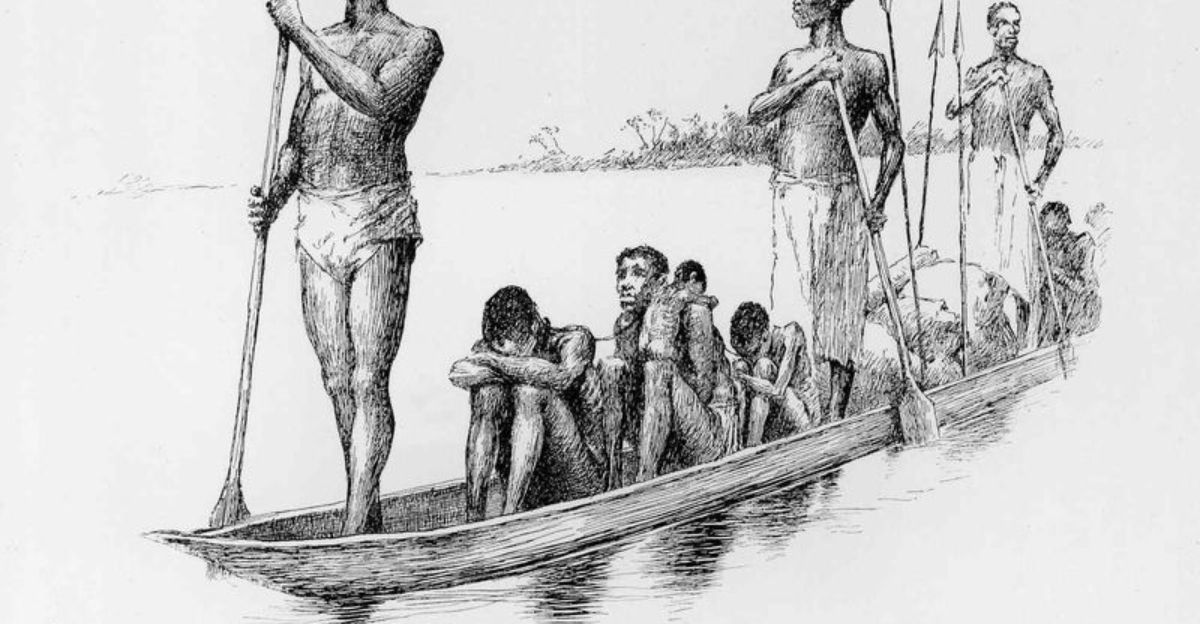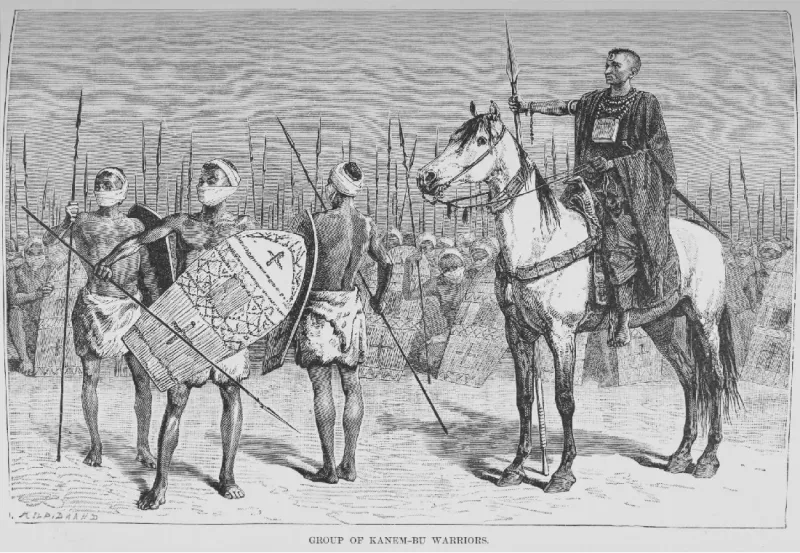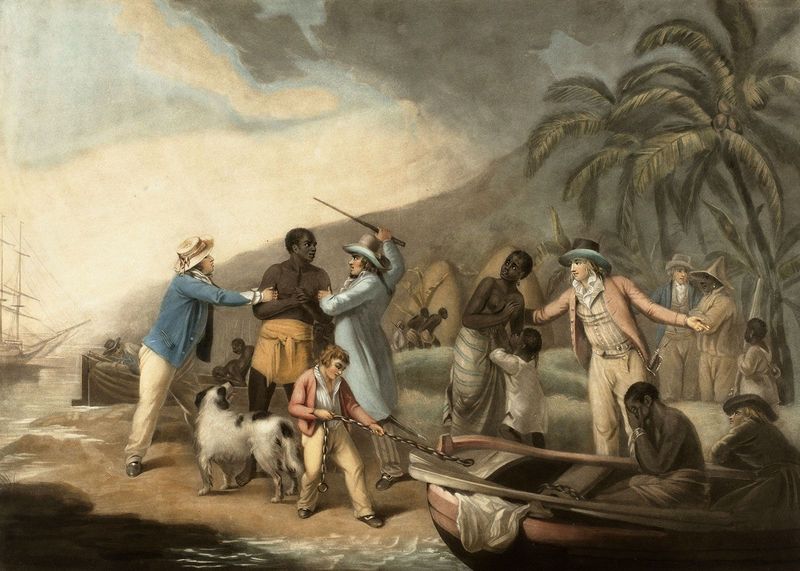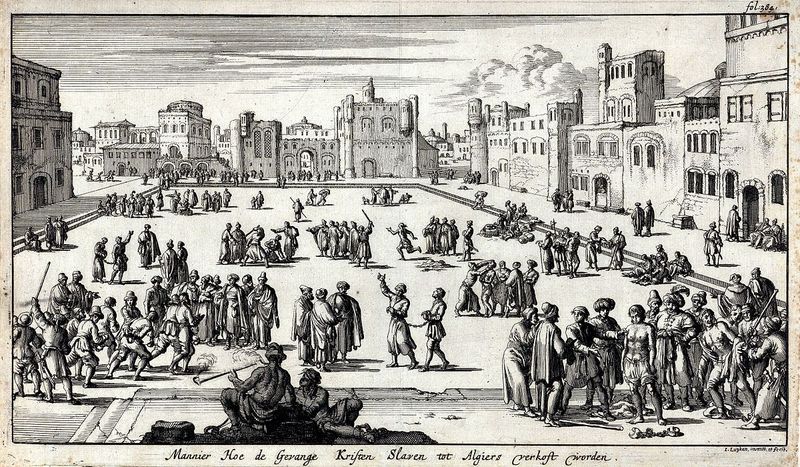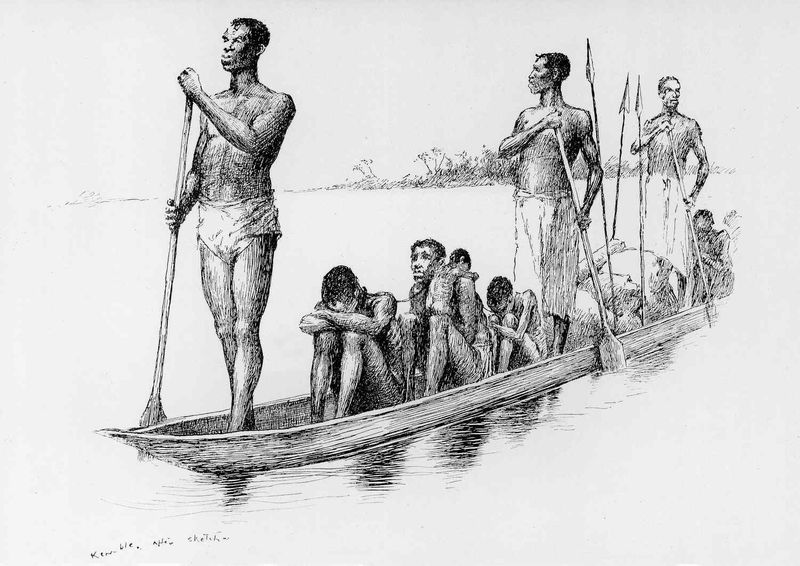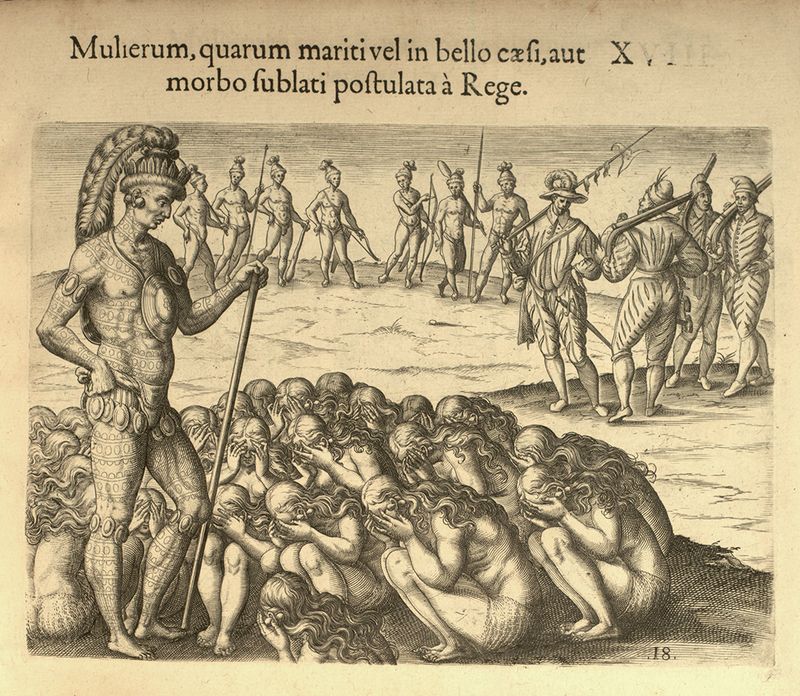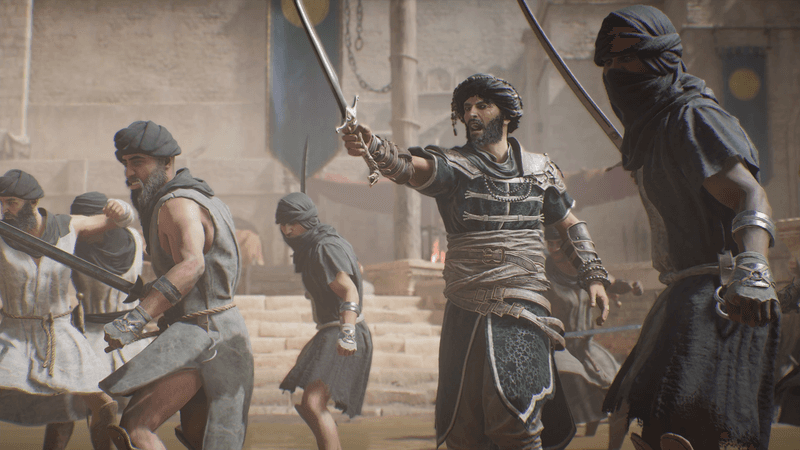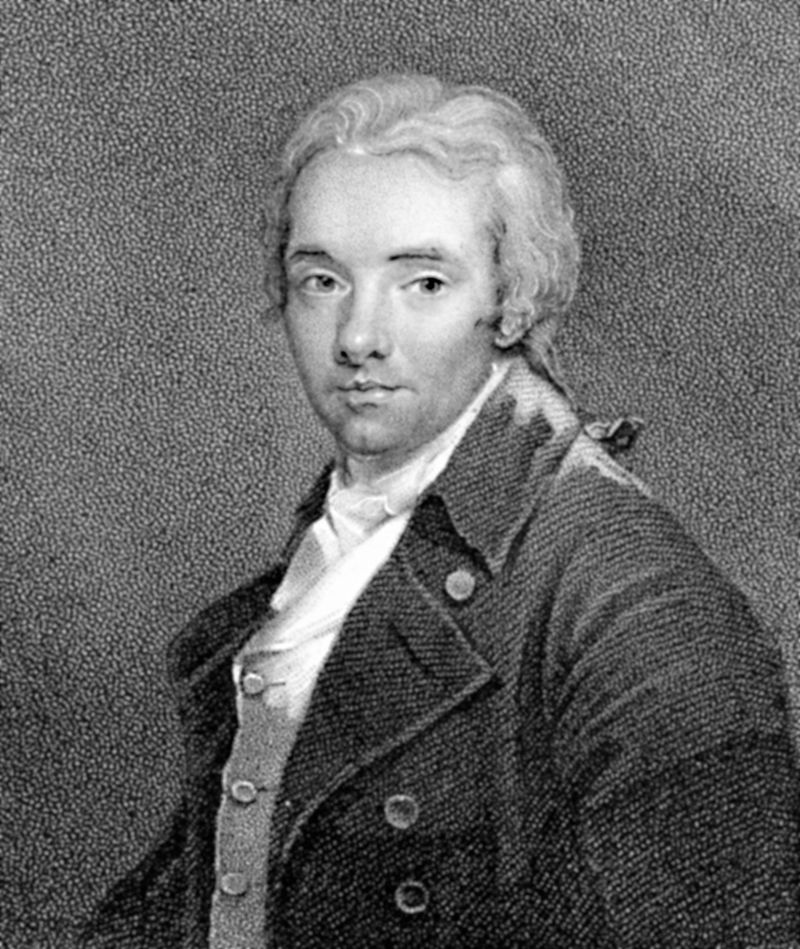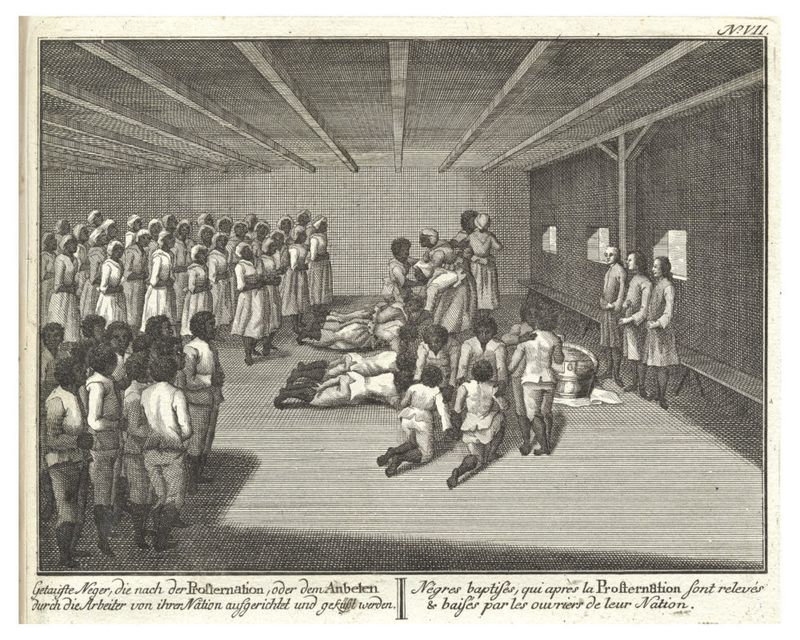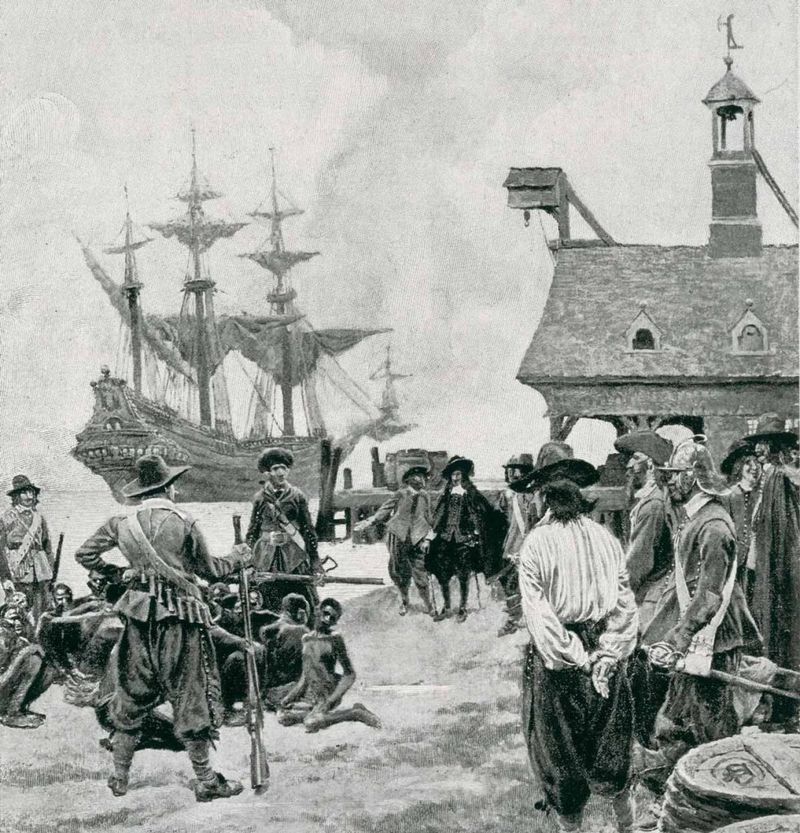The history of slavery is complex, with many untold stories. Both the Christian and Muslim worlds played significant roles in the slave trades, each with unique practices and impacts.
Many of these facts remain overlooked in traditional teachings, but they are essential to understanding the full scope of this dark chapter in human history.
Here are ten shocking facts about these slave trades that you likely didn’t learn in school.
1. Trans-Saharan Slave Trade
The Trans-Saharan slave trade was a significant aspect of the Muslim world, often overshadowed by the Atlantic trade. This trade involved the transport of slaves across the Sahara Desert to North Africa and the Middle East.
Enslaved people, primarily from sub-Saharan Africa, were forced to endure harsh conditions and grueling journeys. Many perished before reaching their destinations.
The journey across the desert was perilous, involving long treks on foot and the constant threat of sandstorms and dehydration. While the Atlantic slave trade is widely known, this equally brutal trade is less discussed.
2. European Religious Justifications
In Christian Europe, slavery was often justified through religious arguments. Church leaders and theologians debated the morality of enslaving non-Christians, using religious texts to support their views.
These debates shaped the laws and attitudes towards slavery during the medieval and Renaissance periods.
Church decrees and papal bulls sometimes endorsed the enslavement of Muslims and pagans, arguing it was a means of conversion. This religious justification for slavery highlights the complex interplay between faith and power. These discussions had lasting impacts on European colonial policies.
3. Barbary Pirates and Slavery
Barbary pirates, operating from North Africa, were notorious for capturing Europeans and selling them into slavery. Active from the 16th to the 19th centuries, they targeted ships and coastal settlements.
Thousands of Europeans found themselves enslaved, working in harsh conditions. This aspect of the slave trade is often overlooked yet was a significant threat to European maritime activities.
European governments negotiated and paid ransoms, but many captives never returned home. The Barbary slave raids forced Europeans to confront the harsh realities of their vulnerability on the seas.
4. African Rulers’ Roles
African rulers played complex roles in the Christian and Muslim slave trades, often engaging in negotiations and benefiting from the trade. Some leaders saw the slave trade as an opportunity to strengthen their power and wealth.
They traded captives from rival tribes or criminal elements in exchange for goods and weapons. This involvement was not without controversy, as it sparked internal conflicts.
While some African leaders resisted, others actively participated, illustrating the nuanced dynamics of power and survival. This complicity is a vital part of understanding the broader context of the slave trade.
5. Impact on Indigenous Cultures
The slave trades had profound effects on indigenous cultures in the Americas and Africa. Entire communities were disrupted, and cultural traditions were lost as people were forcibly removed from their homelands.
In the Americas, enslaved Africans blended their traditions with indigenous practices, creating new cultural identities. This cultural fusion can still be seen today in music, dance, and religion.
The loss of cultural heritage and the forced assimilation into new societies had lasting impacts on generations, reshaping identities and histories. The resilience and adaptation of these cultures offer a testament to human endurance.
6. Female Slavery in the Muslim World
In the Muslim world, female slavery had distinct characteristics, with women often serving as domestic servants or concubines. This aspect of the slave trade was prevalent across the Middle East and parts of Asia.
Female slaves were sometimes integrated into households but lacked basic rights and freedoms. Their roles extended beyond labor, impacting familial and social structures.
The legacy of female slavery remains a sensitive and challenging topic in the regions that once participated in the trade. Understanding these dynamics reveals the gendered dimensions of historical slavery practices.
7. The Zanj Rebellion
The Zanj Rebellion was one of the largest slave uprisings in history, occurring in the 9th century in present-day Iraq. Enslaved Africans, known as Zanj, revolted against the Abbasid Caliphate.
Driven by harsh conditions and unbearable labor, the rebellion lasted for over a decade. It significantly challenged the ruling powers and resulted in widespread devastation.
This revolt is a testament to the resilience and resistance of enslaved people, yet it remains relatively obscure in mainstream historical narratives. The Zanj Rebellion highlights the agency of slaves in seeking freedom.
8. Christian Doctrine and Abolition
Christian doctrine played a dual role in both justifying slavery and advocating for its abolition. While some used religious texts to support slavery, others found inspiration in them to fight against the practice.
Figures like William Wilberforce championed abolition, rallying support through faith-based arguments. Churches became centers of abolitionist activity, spreading messages of equality and compassion.
This shift illustrates the transformative power of religious conviction in societal change. The embrace of abolition by many Christian groups helped galvanize movements across Europe and the Americas, leading to significant legislative and social reforms.
9. The Role of Converts
Converts to Christianity and Islam played diverse roles in the slave trade, sometimes facilitating and other times resisting it. Conversion often offered a semblance of protection against enslavement.
Missionaries used conversion as a tool of influence, impacting local societies and trade dynamics. Converts could exploit their new religious status to gain power or improve their social standing.
However, this relationship was complex and fraught with contradictions. The role of converts underscores the intricate interplay between faith, power, and survival in the context of slavery. It highlights the multifaceted impacts of religious conversion.
10. Legacy of Racial Attitudes
The legacy of the Christian and Muslim slave trades extends into modern racial attitudes and discussions. These trades established racial hierarchies that have persisted across centuries.
The dehumanization inherent in slavery laid the groundwork for systemic racism and social inequalities. Despite progress, the echoes of these historical injustices continue to reverberate in contemporary society.
Acknowledging this legacy is crucial for fostering dialogue and addressing ongoing discrimination. By understanding the past, societies can work towards a more equitable future, recognizing the enduring impact of slavery on racial relations and justice.
